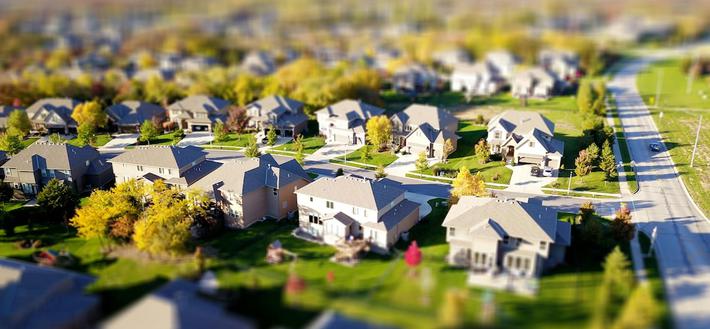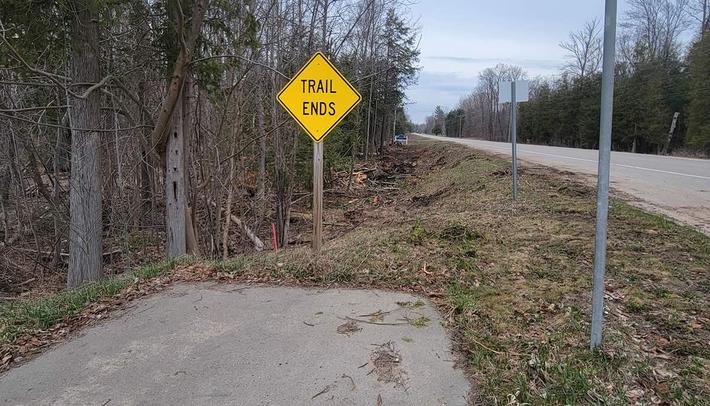Crossing Bridges
Spectator
By Stephen Tuttle | April 13, 2024
Is that bridge you’re about to cross safe? Are you sure?
This comes to mind as salvage crews try to clear the remains of the collapsed Francis Scott Key bridge that spans the entrance to Baltimore harbor. Of course, the bridge you’re on probably does not have a 984-foot-long, 95,000-ton (when empty) behemoth of a ship about to impact the structure, so you’re likely safe…though boat strikes aren’t our only bridge worry.
(As an aside, our Mighty Mac, still the longest suspension bridge in the Western Hemisphere, has been hit at least thrice by vessels since 1989 without sustaining structural damage, though the vessels weren’t as fortunate. It’s not clear there is a ship big enough going fast enough to wreak serious structural damage, much less a collapse, to our Mackinac Bridge.)
Collisions aside, bridge safety should be a more significant part of our infrastructure discussions. According to infrastructurereportcard.org, there are more than 617,000 bridges in the U.S., 42 percent of them are at least 50 years old, and, more troubling, 46,000 of those bridges which carry 167 million vehicles every day are “structurally deficient,” meaning they are in poor condition and should be replaced at a cost of $41.8 billion.
The U.S. Department of Transportation (DOT) has issued even more dire warnings. DOT claims more than 220,000 bridges, 75,000 of which have exceeded their “useful lifespan,” need replacing or immediate repairing.
This isn’t someone crying wolf just to move up the budget priority list. More than two dozen spans of various sizes have collapsed in the U.S. since just 2000, and the number swells to more than 200 such disasters around the world, resulting in hundreds of deaths. To be fair, bridge construction in the rural areas of some countries consists of whatever local residents can put together; there are no inspections or government standards, much less government financing.
Michigan, in general, isn’t doing great when it comes to sturdy bridges. The American Road and Transportation Builders Association (ARTBA) says Michigan has more than 11,300 bridges but nearly 1,300, or 11.5 percent, are “structurally deficient.” It could be worse—nearly 30 percent of bridges in South Carolina are in that poor condition, the worst in the country.
Traverse City hasn’t been immune to faltering bridges. We’ve recently had three we barely noticed and almost always took for granted replaced, and another will be replaced during the Grandview Parkway rebuild.
As all of us here in northern Michigan know full well, bridges aren’t the only deficient surfaces on which our vehicles travel. Teeth-rattling, rim-bending, tire-popping, axle-bending road surfaces are somewhat of a tradition in these parts. Frustratingly inconvenient though the improvements might be, those of us who live in or travel through or to Traverse City should be thankful our trips will be infinitely smoother in just a few months. Maybe we should take comfort in the fact we are not alone.
The infrastructurereportcard.org reports we have about four million miles of interstate, federal, and state highways, country roads, and city and residential streets in the U.S. More than $17 trillion worth of the goods we buy come to us over those roads. Unfortunately, about 43 percent of public roads are now considered mediocre or poor based on ARTBA standards, and 17 percent of all vehicle miles are now being driven on roads designated as “poor.”
We haven’t exactly been keeping pace with infrastructure needs. Our friends at infrastructurereportcard.org (and how discouraged they must be digging up all this depressing data) tell us we now have a $420 billion backlog of needed road repairs and replacement.
(There is no definitive data on what kind of direct impact poor road conditions have on vehicular accidents, though there are lots of law firms online prepared to claim poor road design, engineering, and construction cause every accident.)
There is some ongoing debate about the efficacy of building new roads in terms of reducing congestion and improving safety. A study by Stanford University several years ago somewhat controversially found that new roads actually increased traffic and all the problems that come with it. But there are any number of studies indicating the value of repairing and replacing already existing aging roadways.
The Federal Highway Administration claims for every dollar spent on roadway, highway, and bridge maintenance/repairs/improvements returns $5.20 in savings for lower vehicle maintenance costs, decreased traffic delays, reduced fuel consumption, increased safety, reduced emissions, and improved traffic flow. Not to mention a significant reduction in the tire repair and replacement industry.
Bridge collapses resulting from any cause are still extremely rare, a testament to those who design and build them. But if we don’t begin to reduce the huge backlog of needed bridge repairs or replacements, catastrophic failures will be much less rare.
Trending

Walking in an Artsy Wonderland
Michigan Legacy Art Park is hosting the “Raindrops” artwork created by Dewey Blocksma and Patricia Innis at th... Read More >>
Seven Takeaways from Local Real Estate Agents for the Spring/Summer Market
The last few years in local real estate have been akin to what one local agent described as the “wild west,” w... Read More >>
Blazing the Boyne City to Charlevoix Trail
We’re getting ever closer to an interconnected northern Michigan thanks to ongoing work on the Boyne City to Charlev... Read More >>


